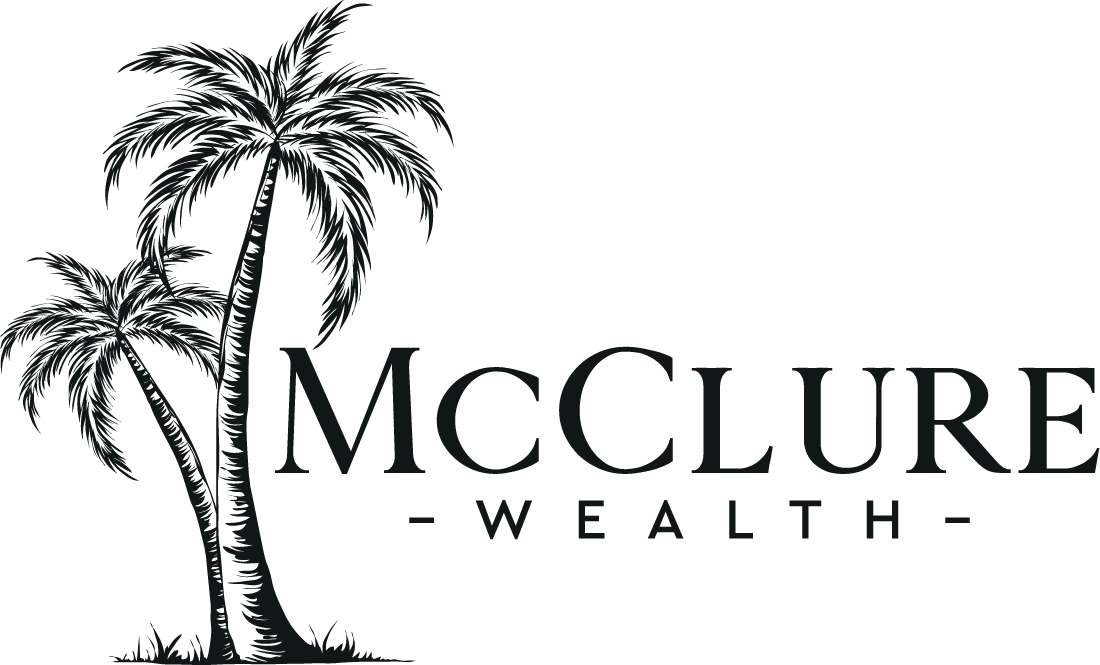By Ed McClure, CFP®, PPC®
Retirement is inherently more complex if you are self-employed, simply because business owners have to consider a great number of options and scenarios. For any individual company, there are usually multiple options that will technically work, but only one ideal solution. I often find situations where business owners believe they are utilizing the best option because they weren’t aware that a different plan structure could help them achieve their goals more quickly.
Traditional or Roth IRA
Traditional IRAs and Roth IRAs allow the owners of larger companies to offer a retirement plan to their employees, but neither gives a business owner a great way to contribute to their personal retirement. A traditional IRA doesn’t allow any employer matching, and caps contributions at $6,000 (with $1,000 in catchup contributions for employees 50 and older). A Roth IRA allows for tax-free growth but still carries the same contribution limit. You can set up a traditional IRA and a Roth IRA, but you are still limited to the same total contribution.
SIMPLE IRA
A Savings Incentive Match Plan for Employees (SIMPLE) IRA offers options for business owners with a higher number of employees, with a couple of key advantages over a SEP IRA. Employees are responsible for funding their retirement plans, but the employer is still required to make a matching contribution. An employer can generally opt to match employee contributions dollar for dollar up to 3% or 2% of total earnings for all eligible employees. (1) The 2022 contribution limits for a SIMPLE IRA are $14,000 (plus $3,000 in catchup contributions for employees 50 and older). Companies with more than 100 employees cannot use a SIMPLE IRA.
Simplified Employee Pension (SEP) IRA
A lot of small companies have SEP IRAs because they are relatively easy to set up and administer, with a lower cost and the ability to make greater contributions (for 2022, the IRS limit is $61,000 or 25% of compensation, whichever is less). A SEP IRA is fully funded by the employer and subject to the same distribution rules as a traditional IRA. The main drawback to a SEP IRA: all participants (employees over 21 years of age who have worked for the business during three of the last five years and earn $650 or more during the current year) must receive the same retirement contribution that any owners receive. (2)
Generally, a SEP IRA only works for very small companies. If your company wants to offer profit-sharing to your employees, a 401(k) may offer a better way to do that than a SEP IRA (depending on salary levels). Many times, small businesses opt to set up a SEP IRA because they are easy and low-cost to set up, not realizing that a 401(k) might have offered a better way to meet their objectives.
401(k) Plans
A 401(k) plan allows for higher contributions than an IRA and also allows the employer to match employee contributions. Pre-tax 401(k) contributions in 2022 are limited to $20,500 (up $1,000 from 2021) with an additional catch-up contribution of $6,500 for employees 50 and older. Your total contribution (including pre-tax, after-tax, and employer-matching contributions) cannot exceed the lesser of 100% of your compensation or the IRS maximum of $61,000 for 2022. (3)
Individual(k) or Solo(k) Plans
An Individual(k) or Solo(k) is a special type of 401(k) plan, ideal for self-employed individuals. When you set up an Individual(k) or Solo(k), you are allowed to make the same contributions as with any other 401(k) plan, with an additional profit-sharing component that allows contributions of up to 25% of your salary in addition to the standard contributions. The total contribution limit of $61,000 still applies, but profit-sharing is tax-deferred just like regular contributions. When I meet with self-employed clients, we end up going with an Individual(k) or Solo(k) the vast majority of the time.
Profit-Sharing Plans
Let’s look at an example to tie the different options together and illustrate how profit sharing fits into the picture. John is self-employed and 52 years old, earning $140,000 per year, and his company is taxed as an S corporation. John wants to save as much as he can for retirement. If he uses a traditional and/or Roth IRA, he will be capped at $7,000 per year. A SIMPLE IRA will let him contribute $17,000 to his retirement. A SEP will allow him to contribute $35,000. His best option would be an Individual(k) or Solo(k) combined with a profit-sharing plan. A profit-sharing plan allows him to put away the same $35,000 as the SEP, while also allowing him to contribute an addtional $27,000 to a 401(k), for a total of $62,000. This scenario is one I see often, and people often don’t know that profit-sharing plans can be combined with a Individual(k) or Solo(k) in this fashion—unlike a SEP, which cannot be combined with any other plan.
Defined-Benefit Plans
For the right businesses, a defined-benefit plan offers an even better opportunity than a profit-sharing plan, but not everyone can go this route. Almost everyone has heard of a pension plan, which is the most commonly known type of defined-benefit plan. In my last article, I outlined one example where I helped two co-owners of a small company. They had been contributing the maximum of $19,500 each to their 401(k) plans, and by implementing a defined-benefit plan, we increased their combined tax-deferred contribution to over $350,000. Generally, a defined-benefit plan only works for companies whose owners are older than their employees and who are drawing a high salary, due to the testing requirements. If your company falls on the right side of the scale, you can defer taxes on a much larger portion of your income this way.
I Am Here to Help
This article only scratches the surface, as there are a lot of different ways to set up a company retirement plan with various costs and benefits to weigh. Right now is a pivotal time for California employers; any company with five or more employees must offer a retirement plan by June 30, 2022. If you would like to discuss which retirement plans best fit your business, give me a call at (760) 607-0611 or email [email protected] to set up a consultation.
About Ed
Ed McClure is a CERTIFIED FINANCIAL PLANNER™ practitioner, Professional Plan Consultant® (PPC®), and founder of McClure Wealth Management. With over 25 years of experience, Ed works with business owners who want to maximize their retirement plan benefits, businesses that need help setting up and managing a 401(k) for their employees, and families who want guidance while planning their futures. He is known for simplifying complicated and intimidating topics and making wealth management concepts easy for others to remember and understand.
Ed has established himself as a trusted resource for business owners and individuals, and his mission is to help his clients achieve the financial independence and well-being they deserve so they can give their time and energy to the people and things they love. He has a bachelor’s degree in finance from the University of Illinois. In his spare time, Ed conducts financial workshops for the Just In Time for Foster Youth organization, which helps equip young men and women as they come out of the foster care system. He also loves to travel and spend time with his favorite people. To learn more about Ed, connect with him on LinkedIn.
_____________
(1) https://www.irs.gov/retirement-plans/retirement-plans-faqs-regarding-simple-ira-plans
(2) https://www.irs.gov/retirement-plans/retirement-plans-faqs-regarding-seps





